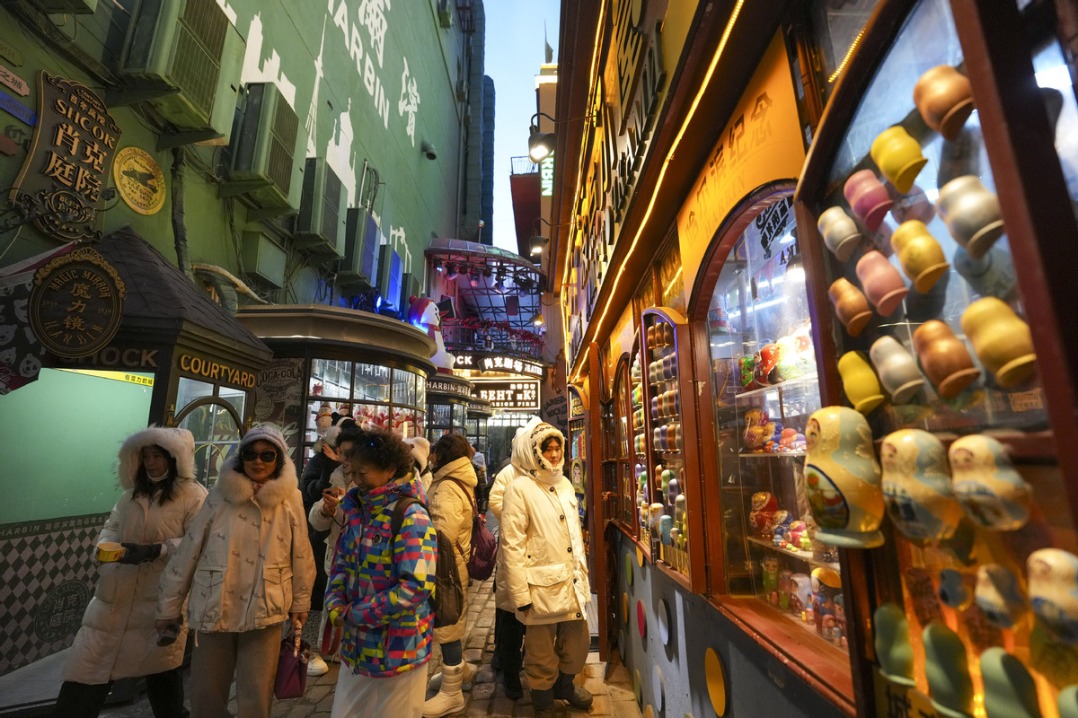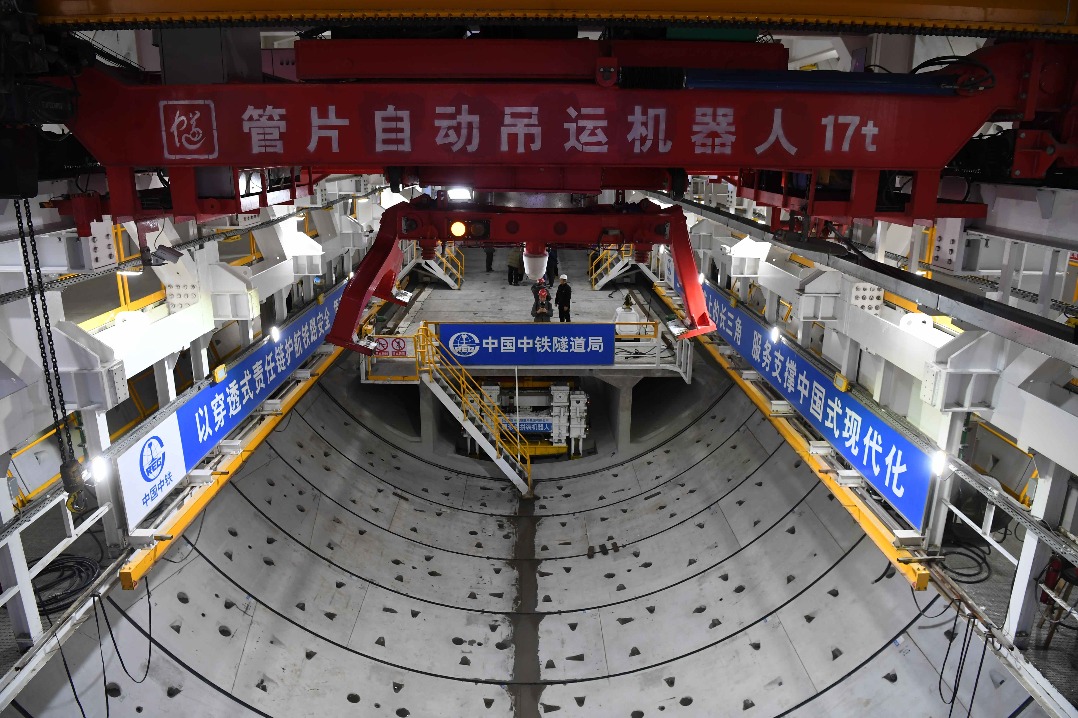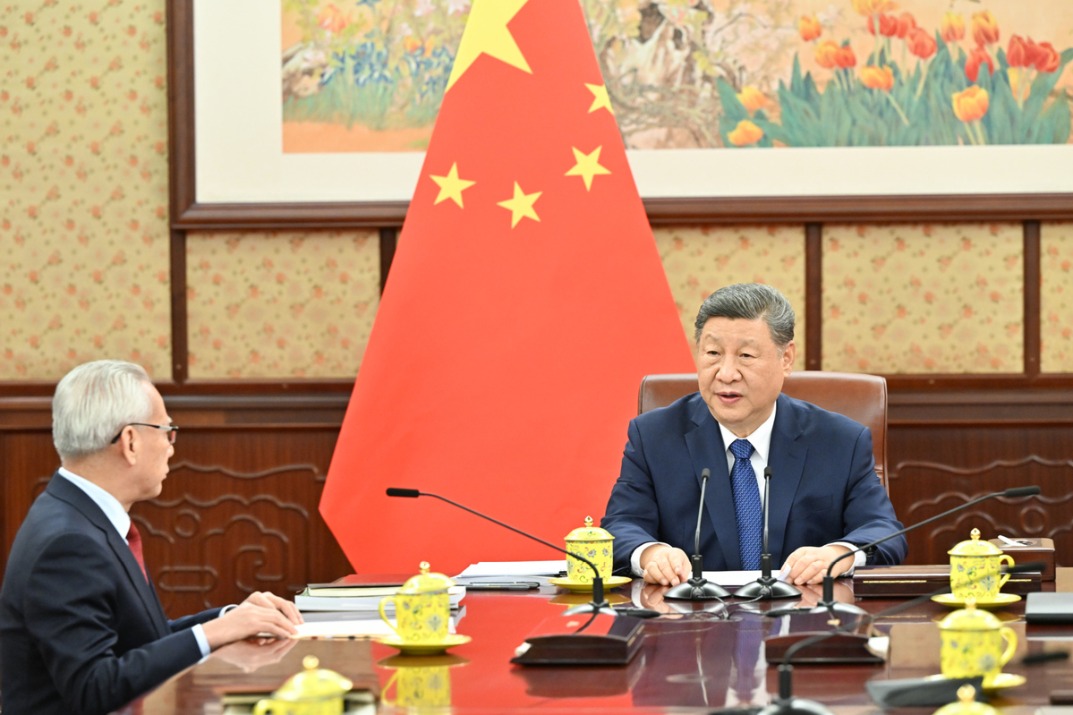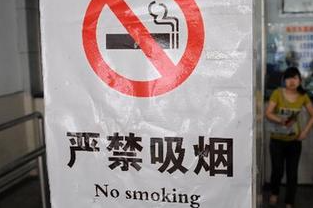Riding the crest of a two-wheeler boom

Sifting through the innumerable pieces of information received on social media, I was pleasantly surprised to see an old forward of an advertisement for an iconic Indian two-wheeler. While the brand Bajaj Auto is still a dominant player in the Indian, Southeast Asian and African two-wheeler markets, its tagline "Hamara Bajaj" always evoked a tinge of nostalgia for people of my generation.
Part of that nostalgia came from the fact that for many a middle-income family in India during the 1980s and 1990s, owning a two-wheeler was the culmination of several dreams. It was the ticket of a successful, middle-income happily married family man and his prized possession. Waiting periods for these prized vehicles were often long and stretched to years, while the lucky and connected individuals got the same imported from the Middle East in a case of exports becoming imports.
By the 2000s, Bajaj had yielded its crown to small cars, Maruti in particular. But the lure of the two-wheeler was still strong in the smaller Indian cities. Demand for mopeds, motorcycles and scooters continued, albeit at a slower pace.
Like most of my generation, I too was fascinated by two-wheelers and have seen and experienced several brands, always as a pillion rider, but never a driver. I have zipped through big towns and small villages on a Harley Davidson, Royal Enfield Bullet, a Bajaj scooter and even a TVS moped. As an industry, it was a sector that everyone looked up to for the huge number of employment opportunities it generated.
When I came to China in late 2008, one of the things that first struck me was the presence of a large number of bicycles but not enough of scooters or motorcycles. As the years passed I realized that though it was a relatively big sector, it did not have as much of a visible presence in the big cities. For many like me it was practically a sector that did not exist in the country.
The advent of electric bikes and the focus on clean energy seemed to have changed some of that in the last two years. Names like Wuyang-Honda Moto, Zongshen Industrial Group Ltd, Dongguan Tailing Vehicle Industry Co Ltd are some of the big names in the Chinese two-wheeler industry.
My interest in the sector was aroused recently when I chanced upon a recent report from consultancy firm Frost& Sullivan, which indicated that there has been a pent-up demand and a growing need for personal and cost-effective mobility solutions like two-wheelers due to the COVID-19 pandemic. It said that by 2025, the global two-wheeler market could see the sales of 63.9 million units every year compared with 56.1 million units in 2019.
But the real interest in the "COVID-19 impact assessment, recovery road, and growth opportunities for the global two-wheeler industry, 2019-25" report was the fact that China is set to overtake India and become the world's biggest two-wheeler market by the end of this year.
Viroop Narla, program manager for the mobility practice at Frost & Sullivan, told me that the two-wheeler market holds the key to enabling mass adoption of electric vehicles. Private customers will benefit from a hassle-free and economical ownership, while fleet companies will benefit from the low cost of transportation, he said.
Though the two-wheeler market in China has reached a saturation phase, the future demand for two wheelers will be generated on the back of growing demand for electric two wheelers and increasing number of working population in China, says a recent report on the two-wheeler sector from Reportlinker.com.
The two-wheeler market in China is dominated by scooters and mopeds as there are more women drivers than men and they prefer driving gearless two-wheelers for short distances, said the report.
Electric two-wheelers are witnessing higher demand in the country owing to growing awareness on clean energy, growing production of lithium-ion battery, government subsidy on electric vehicles and overall development in construction sector as well as growing charging infrastructure, the report said.
"Cooperation between companies engaged in charging, battery swapping, and vehicle maintenance will enable a smooth transition to a successful electric vehicle ecosystem, as the simplicity of the two-wheeler is the key to unlocking the future of EV transportation," said Narla.
And therein lies the irony of the whole automobile industry. Much like reinventing the wheel, personal mobility needs have made the out-of-fashion two-wheelers fashionable and the in-things to have. Maybe the wheel has turned a full circle.

Today's Top News
- Opening of new gateway can help foster global economic and trade cooperation
- The farmer, the snake and Japan's memory hole
- Crossing a milestone in the journey called Sinology
- China-Russia media forum held in Beijing
- Where mobility will drive China and the West
- HK community strongly supports Lai's conviction






























